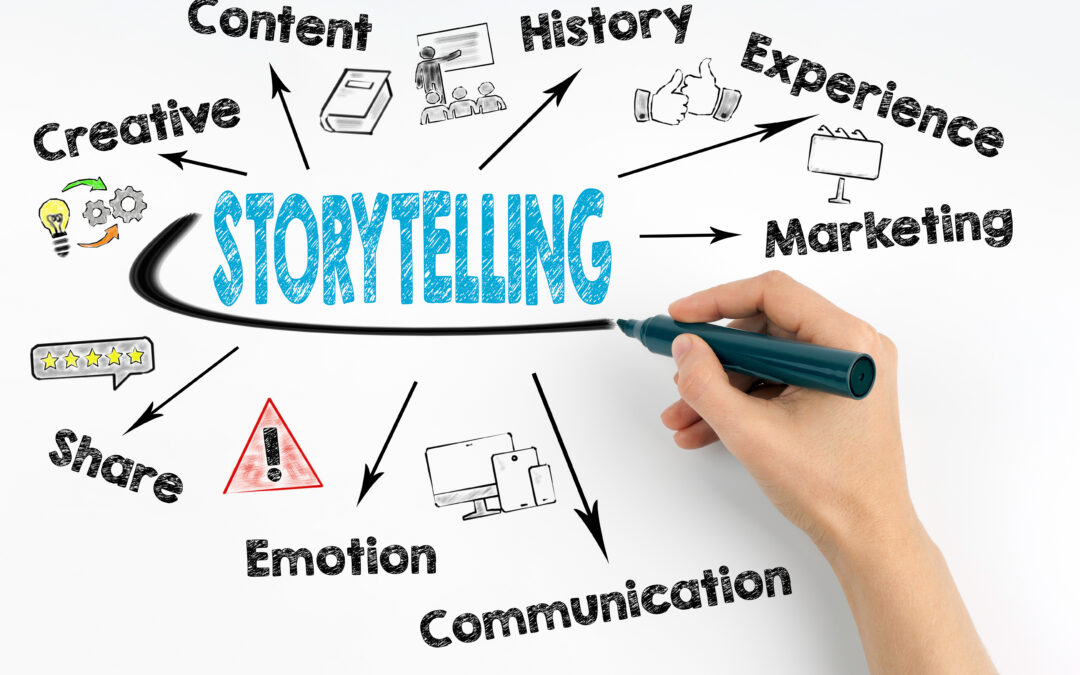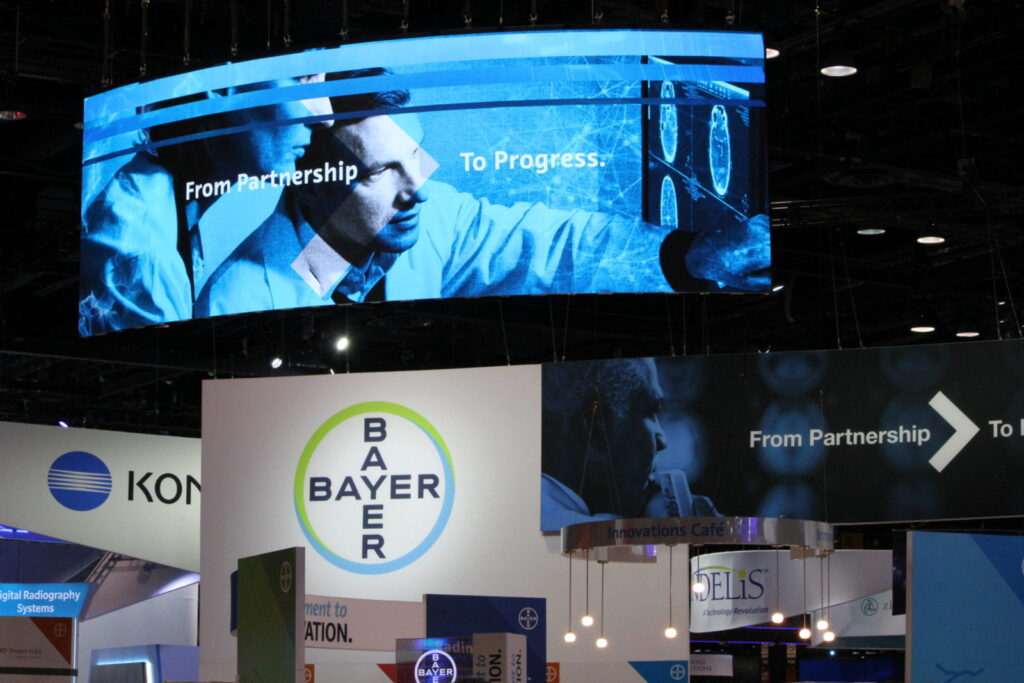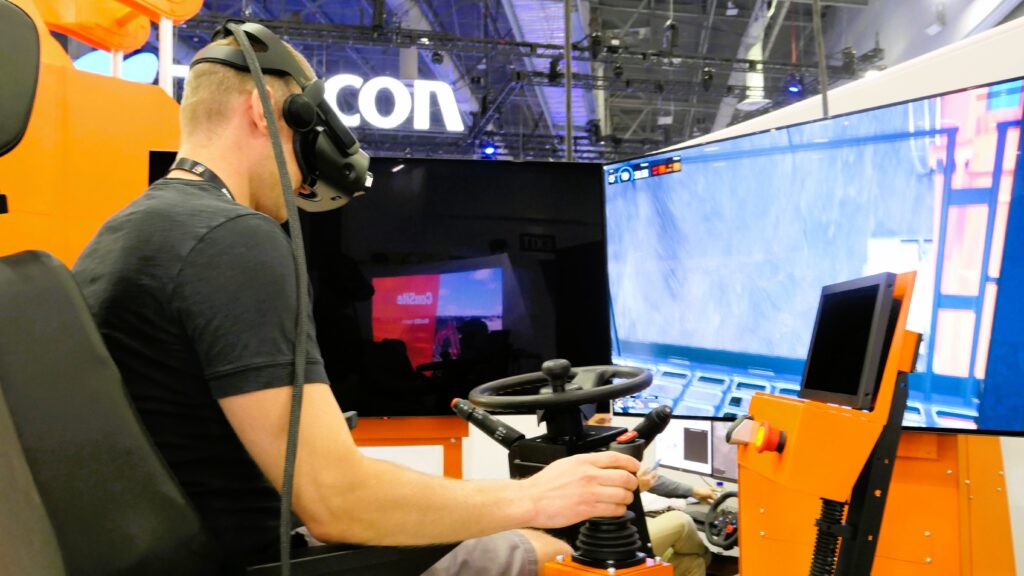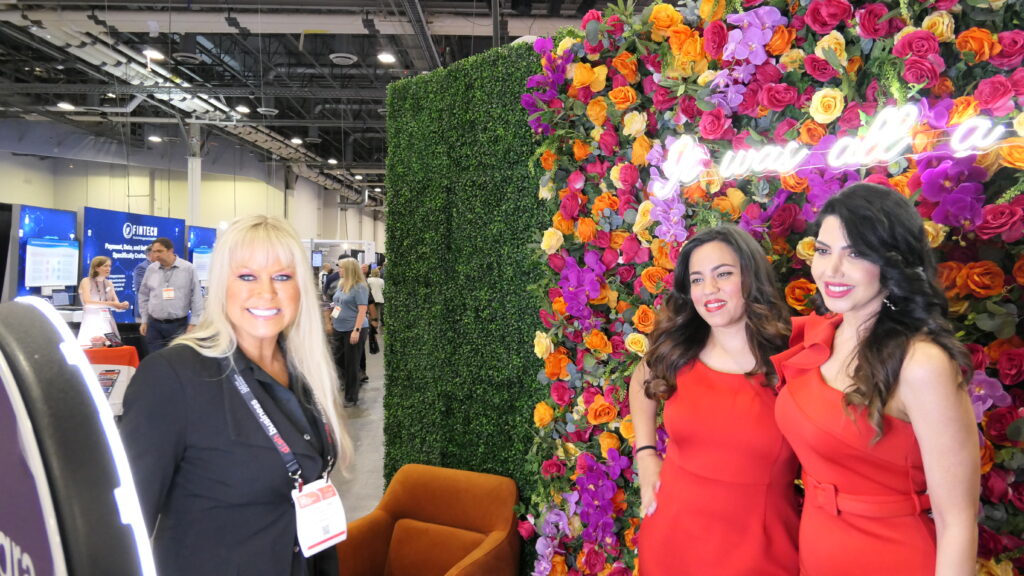“Tell me the facts and I’ll learn. Tell me the truth and I’ll believe. But tell me a story and it will live in my heart forever.”
— Native American proverb
If you’re a seasoned professional in the events industry, you’re likely familiar with our penchant for crafting trendy catchphrases that enhance our ability to engage trade show attendees and prospects. The specific language used by event professionals brims with descriptive phrases that demonstrate the cutting-edge approaches we use to engage attendees. Terms like “immersive experiences,” “experiential activities,” “activations,” “interactive engagement,” and “gamification,” are examples of the diversity of strategies we use to create remarkable event experiences. Among the latest buzzworthy terms gaining traction, the age-old art of “storytelling” has emerged as a powerful tool to captivate audiences and leave a lasting impact on visitors.
Storytelling has been a fundamental part of human communication since time immemorial. It has the power to evoke emotions, ignite creativity, and leave memorable, long-lasting impressions. Forward-thinking businesses now recognize the potency of incorporating storytelling into their trade show exhibits. By weaving narratives into their brand messages, these companies are unlocking the advantages of heightened audience involvement, unforgettable encounters, and, most importantly, achieving unparalleled success in the fiercely competitive trade show arena. Below are several benefits of business storytelling at live events.
- Storytelling builds brands and shapes a company’s identity that customers can relate to and align with.
- Storytelling captures attention to create an emotional connection.
- Storytelling establishes credibility by demonstrating expertise, achievements, and success stories.
- Storytelling connects with customers on a deeper level that resonates with the experiences, aspirations, and challenges of the target audience.
- Storytelling differentiates your company from competitors and creates distinction in a crowded marketplace.
Ok, we’ve acknowledged that storytelling holds the potential to connect with a company’s target audience and creates an engaging and inspiring narrative. But the question remains: How? How can exhibiting companies employ storytelling in their trade show booths to create a cohesive message throughout their exhibit and beyond? Here are some practical methods to achieve just that.
1. Visual Storytelling: You want people to get hooked on your company’s journey. Make your booth pop with captivating graphics, images, and videos strategically placed throughout the booth to visually narrate your brand’s values and achievements. Show off your brand in an appealing way that will leave a lasting impression on everyone who stops by.
Pro-tip: Signage should include short yet compelling messaging on banners, backdrops, and walls that convey key elements of your brand story. Keep your messages snappy and attention-grabbing by using taglines, mission statements, or brand values that resonate with visitors.
2. Product Demonstrations: Showcase how your products or services address pain points or fulfill the needs of your target audience. You can set up demo stations in your booth that reinforce your brand’s story with practical examples – delivered by enthusiastic team members who are knowledgeable, cheerful, and helpful.
3. Live Presentations and Talks: Create in-booth presentations or speaker sessions that incorporate storytelling elements. Invite industry experts or charismatic speakers who can articulate your brand’s values and narrative effectively.
Pro-tip: Choose the right speaker to deliver the pitch! Not everyone in your organization has the speaking skills or the desire to present up to 10 times daily. Choose someone with public speaking chops – friendly, believable, credible, and who wants to do it. This is not an easy task, which is why we often suggest a professional trade show presenter, whose sole purpose is to deliver the pitch and take the burden off your own staff.
4. Customer Testimonials: Display testimonials or success stories from satisfied customers who have benefited from your products or services. These authentic experiences validate your brand story and build trust among potential customers.
5. Interactive Displays: Create interactive experiences that allow visitors to actively engage with your brand story. For example, use touchscreens, virtual or augmented reality, and gamification to immerse attendees in your brand’s world.
6. Timeline Exhibits: People love nostalgia! One idea would be to choose the most significant milestones, achievements, and breakthrough moments that shaped your success. Lay it all out chronologically, so people can follow the story of your brand’s growth and progress. It’s like taking them on a ride through your history.
7. Story Stations: Set up designated areas within your booth where attendees can explore specific aspects of your brand story in-depth. This could include interactive kiosks, touchscreens, or multimedia displays.
8. Promo Materials and Giveaways: Even your promotional materials and giveaways should tie into your brand story. Whether it’s a brochure, booklet, branded merchandise, or a post-show thank you email, make sure they complement and reinforce your narrative.
9. Staff Training: It is imperative that your booth staff is well-versed in your brand’s story and message. Encourage them to share anecdotes and personal experiences that reinforce the narrative when engaging with visitors.
Pro-tip: Staff training is often overlooked, but it is key to a successful booth. Your staff should have a clear and coherent message when they interact with attendees. They should be well informed about what your company offers and what your brand stands for. Staff training ensures that everyone is on the same page when speaking with attendees.
10. Social Media Integration: Integrate your brand’s story with social media campaigns. Craft social posts that align perfectly with the messaging being used in your trade show booth. Then encourage attendees to share their own interactions with your brand. Use event hashtags to extend the reach of your brand story beyond the trade show floor.
Pro-tip: Crafting your company’s story may be old-school but telling it can be as high-tech as your imagination allows.
Remember, the key is to make the booth experience immersive, interactive, and memorable. By using storytelling techniques, you can create a compelling narrative that draws visitors in, effectively communicates your brand’s message, and generates interest and engagement.
Conclusion
Effective business storytelling involves understanding the target audience, identifying the core message, and crafting a narrative that engages and inspires. It requires authenticity, emotional appeal, and consistency with the company’s values and brand identity.
Is there a stronger connection between people than storytelling? Not likely. Using this age-old art form, companies can transcend the boundaries of conventional marketing techniques and elevate their trade show presence to new heights. Today, attendees crave meaningful engagement, personalized experiences, and an emotional connection to the brands they encounter. So, exhibitors, tell us your story and it will live in our hearts forever.
C.C. Carr, Talent Manager, social media and contributing writer.
At TPG we pride ourselves in being compelling content creators. Every digital experience, event, or booth has a story to tell. Whether you’re a large company that’s well established or a startup that’s just finding its footing, we take the time to understand your brand and goals to tell a unified brand story through every content touchpoint. Let’s connect!





